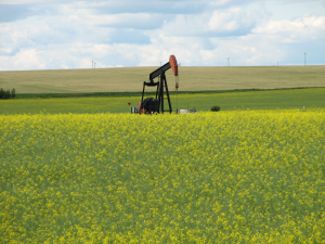
Lorem ipsum dolor sit amet, consectetur adipisicing elit. Odit molestiae mollitia laudantium assumenda nam eaque, excepturi, soluta, perspiciatis cupiditate sapiente, adipisci quaerat odio voluptates consectetur nulla eveniet iure vitae quibusdam? Excepturi aliquam in iure, repellat, fugiat illum voluptate repellendus blanditiis veritatis ducimus ad ipsa quisquam, commodi vel necessitatibus, harum quos a dignissimos.
Close Save changesHelp F1 or ? Previous Page ← + CTRL (Windows) ← + ⌘ (Mac) Next Page → + CTRL (Windows) → + ⌘ (Mac) Search Site CTRL + SHIFT + F (Windows) ⌘ + ⇧ + F (Mac) Close Message ESC

An oil company conducts a geological study that indicates that an exploratory oil well should have a 20% chance of striking oil. What is the probability that the first strike comes on the third well drilled?
To find the requested probability, we need to find \(P(X=3\). Note that \(X\)is technically a geometric random variable, since we are only looking for one success. Since a geometric random variable is just a special case of a negative binomial random variable, we'll try finding the probability using the negative binomial p.m.f. In this case, \(p=0.20, 1-p=0.80, r=1, x=3\), and here's what the calculation looks like:
It is at the second equal sign that you can see how the general negative binomial problem reduces to a geometric random variable problem. In any case, there is about a 13% chance thathe first strike comes on the third well drilled.
What is the probability that the third strike comes on the seventh well drilled?
To find the requested probability, we need to find \(P(X=7\), which can be readily found using the p.m.f. of a negative binomial random variable with \(p=0.20, 1-p=0.80, x=7, r=3\):
That is, there is about a 5% chance that the third strike comes on the seventh well drilled.
What is the mean and variance of the number of wells that must be drilled if the oil company wants to set up three producing wells?
The mean number of wells is: